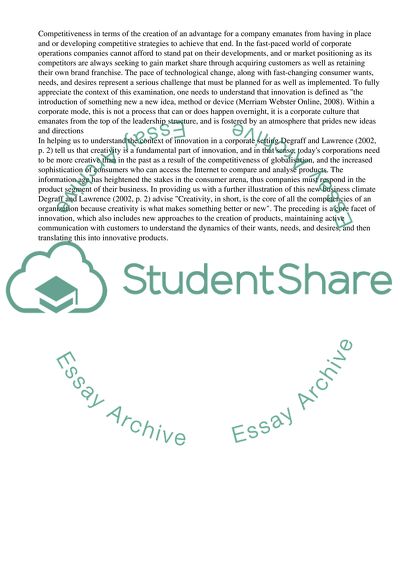Cite this document
(“Apple and the iPod Case Study Example | Topics and Well Written Essays - 2000 words”, n.d.)
Retrieved from https://studentshare.org/business/1534838-apple-and-the-ipod
Retrieved from https://studentshare.org/business/1534838-apple-and-the-ipod
(Apple and the IPod Case Study Example | Topics and Well Written Essays - 2000 Words)
https://studentshare.org/business/1534838-apple-and-the-ipod.
https://studentshare.org/business/1534838-apple-and-the-ipod.
“Apple and the IPod Case Study Example | Topics and Well Written Essays - 2000 Words”, n.d. https://studentshare.org/business/1534838-apple-and-the-ipod.


